

From time to time Barks could not resist placing a few humorous titbits in his panels. Well, of course he did it all the time but this page reveals some of the things that would normally go over the reader's head as they are of a more private nature. In fact, Barks did scatter a few caricatures of himself in the stories over the years and he even managed to enter a few more obscure injokes as well. Fans have been digging around in the panels to find all the hidden clues and - surely - there are still more to be found but here you are presented with a few that are more commonly known.
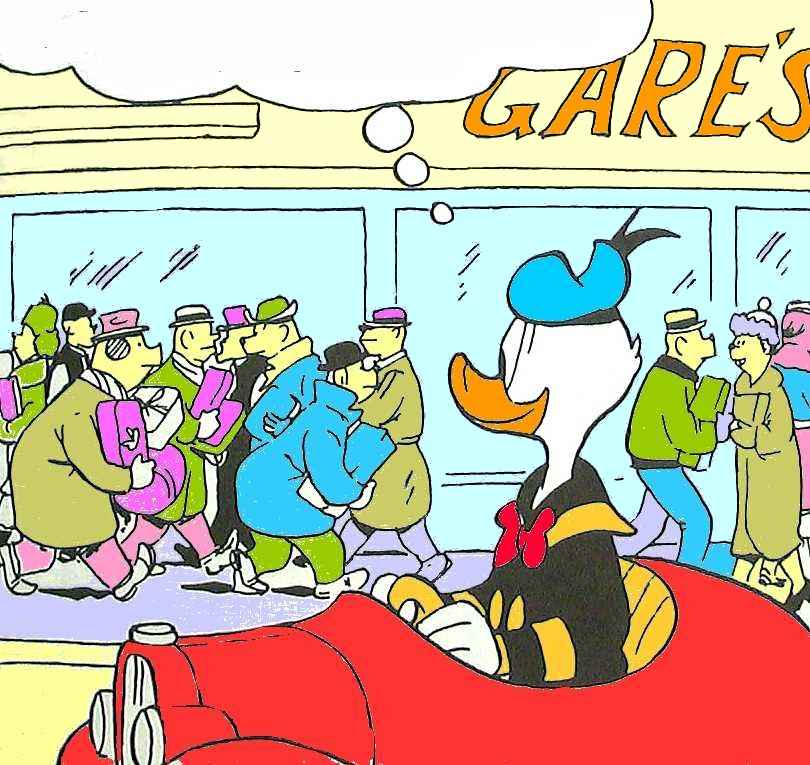 CP9 In this one story Barks managed to sneak in his wife Garé's name on a department store in a panel. Observe that for some reason he omitted the accent mark over the letter E... |
WDCS160 Garé only contributed one published gag. The nephews have just presented Donald with a camel as a Christmas gift and they go on to say: Only fifty cents! If we'd had two dollars, we could have bought an elephant! |
U$59 The trusty sled dog in this story was named Barko, which one would think as some association with the storyteller. However, Barks later denied any 'relationship' to the animal. |
U$7 Barks portrayed his good friend Al Koch who was actually a welfare official in the town of Indio in California. He also gave Barks the inspiration for the story. |
FC408 It is almost too much of a coincidence that Barks should happen to use the same number on the warship that was already known as the licence number on Donald's red car. |
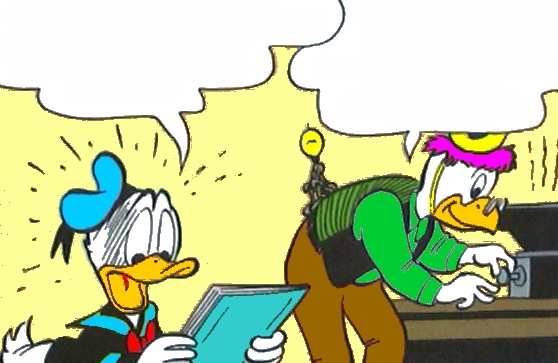 WDCS249 Donald is reading a science fiction story by Spicer Willits, which is a reference to John and Bill Spicer and Malcolm Willits, three of the first comic fans to get in touch with Barks. |
|
|
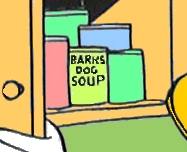 |
|
| WDCS075 Apparently, Barks invented a new type of canned food for pets... |
||
|
|
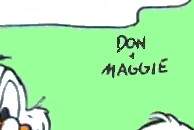 |
|
| U$42 Don and Maggie Thompson were publishers of a comic fanzine and were among Barks' first fans. Until recently they were editors of the Comics Buyer's Guide. |
||
|
|
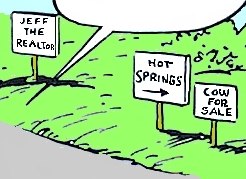 |
|
| FC0328 Barks immortalized another good friend, Jeff Divine, who was a real estate agent in the vicinity. |
||
|
|
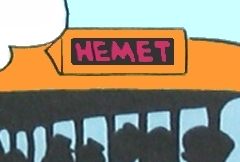 |
|
|
|
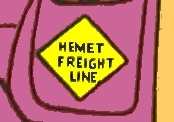 |
|
| WDCS198 and U$45 Barks lived in the small town of Hemet in the San Jacinto area for several years. |
||
|
|
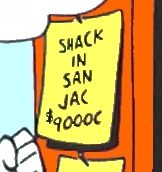 |
|
| U$18 Barks was living in the San Jacinto area at the time of this story's publishing. |
||
|
|
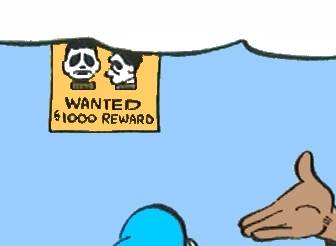 |
|
| FC0029 Barks depicted Charles 'Chuck' Couch on a wanted poster in an Egyptian police station. Couch and Barks had worked together in Disney's animation studios for a number of years. |
||
|
|
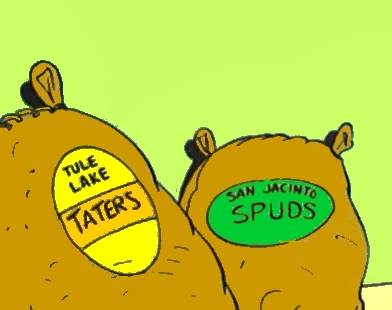 |
|
| WDCS206 The potato sacks bear two names: Tulelake is the town in California where Barks' older brother Clyde lived as a hotel manager most of his life, and San Jacinto is the area in which Barks lived at the time. |
||
|
|
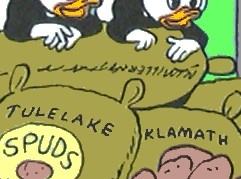 |
|
| WDCS312 Again, the potato sacks bear two names: Tulelake and Klamath. The latter is the name of the Oregon county in which both brothers were born. |
||
U$08 'The Election' |
|
||||||||||
LEFT: In this panel Barks made clear references to the area where he lived at the time by giving two male Indians telling pullovers; SJ for San Jacinto and H for Hemet. RIGHT: Donald asks to see the owner of the ranch whom Tina, the housekeeper, identifies as Don Gaspar Fernando Ignacio de Sepulveda y Verdugo y Buenaventura. Barks used contemporary names taken from the area's geography: San Fernando Valley, Sepulveda Boulevard, Verdugo Hills, and San Buena Ventura. |
Barks occasionally paid tribute to some of his professional acquaintances. In MOC41 Race to the South Seas Barks named Scrooge's good lawyer Sylvester Shyster, which was the name of Mickey Mouse artist Floyd Gottfredson's evil lawyer character. Gottfredson never 'retaliated'. |
| BONUSES | ||||||
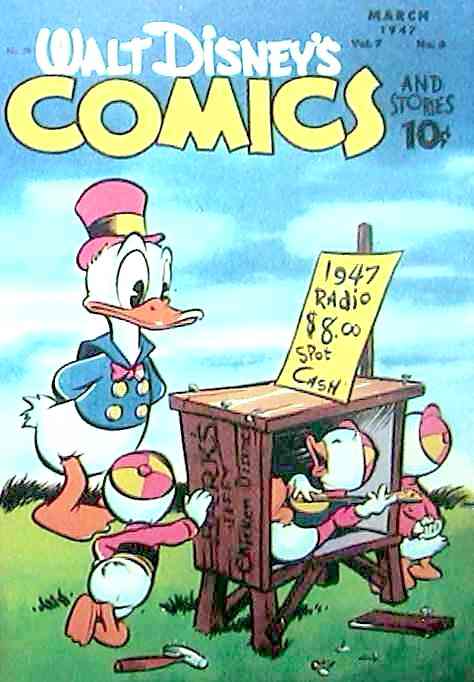 Walt Kelly made a clear reference to his colleague Carl Barks and his chicken farm in San Jacinto on the front cover for WDCS078. The text on the side of the box reads: BARKS' JIFFY CHICKEN DINNER |
|
|||||
| http://www.cbarks.dk/THEINJOKES.htm | Date 2004-08-18 |